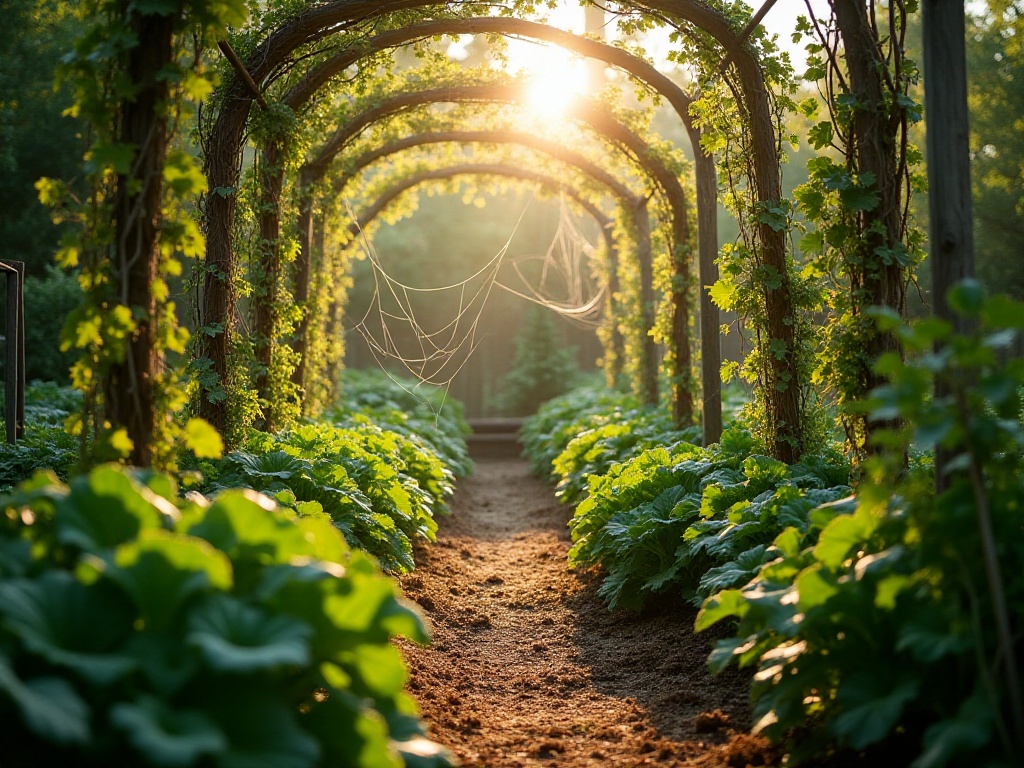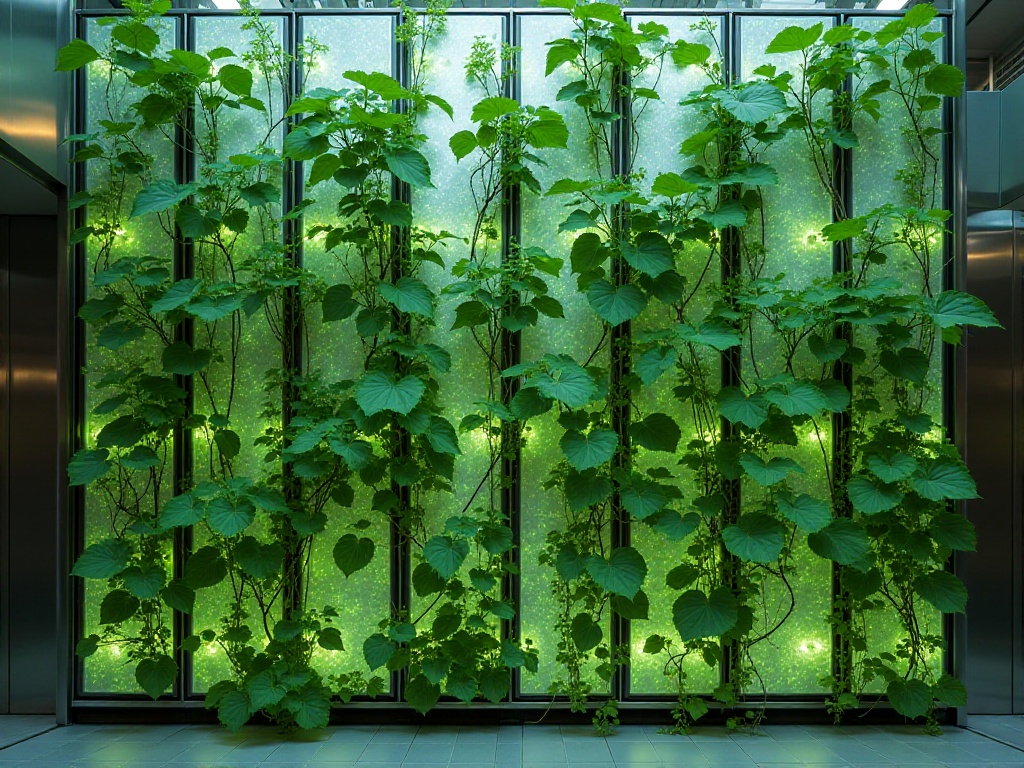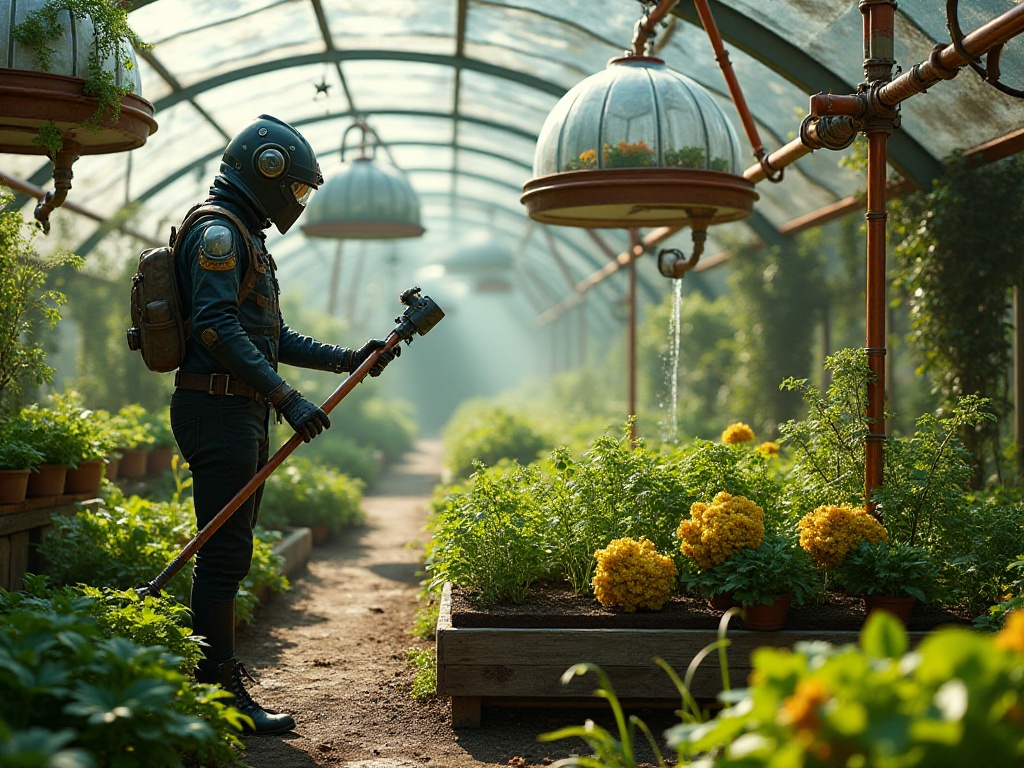Hello everyone, welcome to my garden corner. Today, we'll discuss an excellent method to help your plants thrive during summer - DIY self-watering planters. Honestly, summer can be extremely hot, and plants need special care. This method is particularly useful when you're on vacation or too busy to water your plants. Imagine coming back after a week away to find your flowers still vibrant and blooming - what an amazing feeling!
Materials Needed
To make a self-watering planter, you'll need the following items:
Plastic Bottle or Container
You can use a discarded plastic bottle, like a beverage bottle, or any transparent plastic container. The advantage of transparent containers is that you can monitor the water level, preventing your plants from drying out. Think about it - how heartbreaking would it be to return home after a week to find your planter as dry as a desert? Actually, transparent containers have another small benefit: you can observe root growth and watch your plant's root system quietly expand underground, which is quite therapeutic.
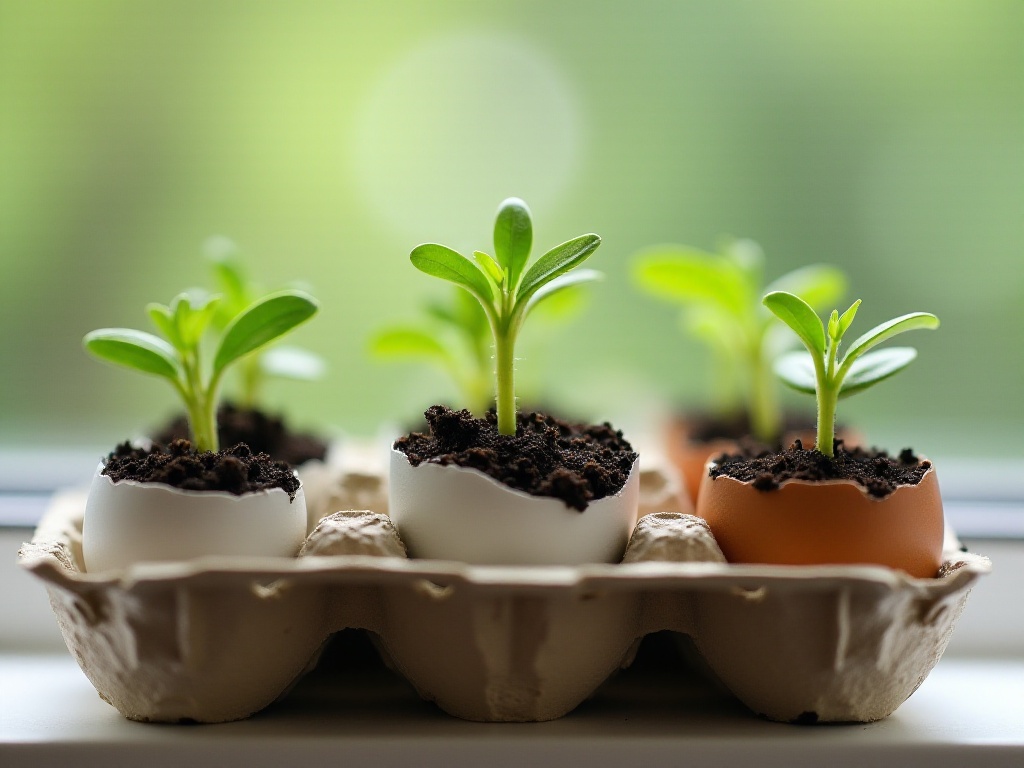
Cotton String or Yarn
This is your planter's lifeline. Cotton string or yarn will serve as the water wick, helping plants draw water from the reservoir. Choose pure cotton materials for their excellent water absorption and effective transfer to plant roots. Why pure cotton? Because it has strong absorption properties and doesn't easily decompose, ensuring long-term effectiveness. Imagine your plants drawing sufficient water from the reservoir through this tiny string - it's like a small piece of magic.
Assembly Steps
Preparing the Bottle
First, cut the plastic bottle in half. Usually, the bottom half serves as the water reservoir since it can hold more water. Be careful when cutting to avoid injury. Actually, you can draw a line on the bottle first to make cutting easier and straighter. Remember to use sharp scissors or a utility knife for a clean cut that won't crack the bottle.
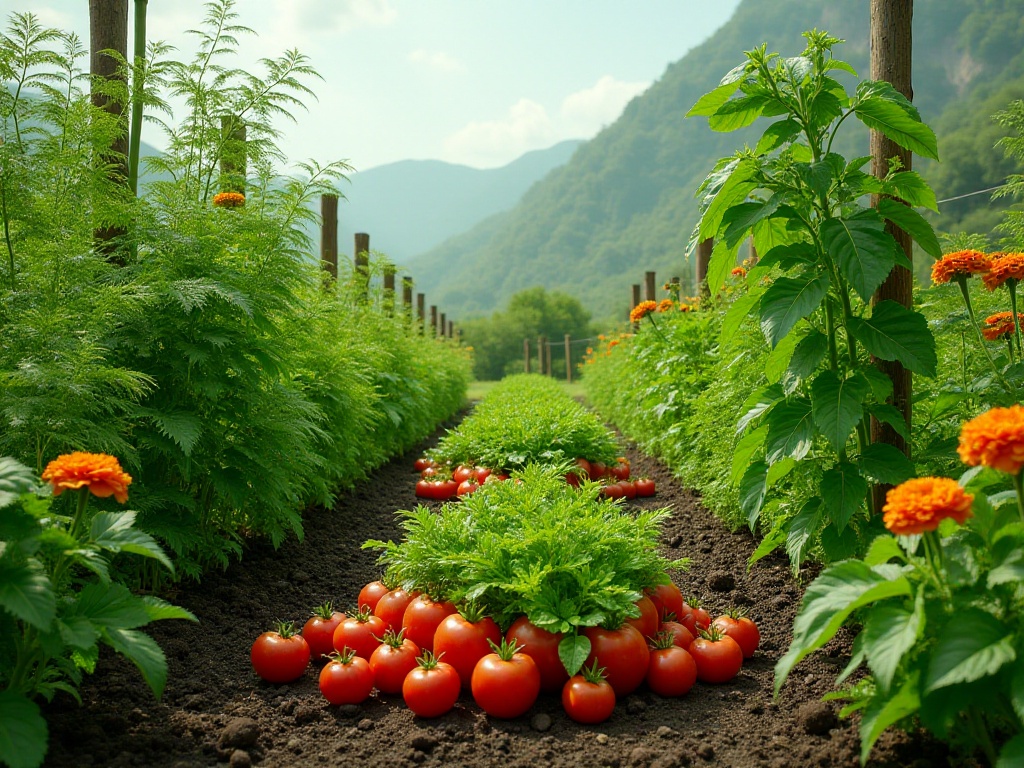
Inserting the Wick
Next, make a small hole in the bottle cap and thread the cotton string through it. Make sure one end reaches into the reservoir and the other extends into the soil in the upper section, allowing water to travel from the reservoir to the plant's roots. Think of it as a mini automatic watering system for your plants - perfect for lazy gardeners. Actually, choose a string long enough to account for dropping water levels. A helpful tip is to tie a small knot at the end of the string to prevent it from slipping through the bottle cap hole.
Installation and Planting
Now, pour water into the bottom half of the bottle - the reservoir. Then, flip the top half upside down, ensuring the wick is properly positioned. Add soil and plant your plants. Here's a tip: apply some petroleum jelly around the edges when flipping the top half to prevent sticking from moisture. Actually, petroleum jelly has another benefit: it helps seal the bottle edges, reducing water evaporation. When planting, remember to compact the soil to secure the plant roots firmly.
Practical Application and Results
I've tried this method myself, and it works wonderfully, especially in summer with high temperatures and rapid evaporation. Plants can continuously draw water from the reservoir, and roots won't rot from overwatering. For example, I have a rose plant that remained vibrant even after I returned from a week-long business trip, showing no signs of water stress. Actually, I also grow succulents, which don't need much water, but this self-watering planter still keeps them in optimal condition. Better yet, I've found this method reduces watering frequency, saving time and effort.
Additionally, I noticed that plants develop more robust root systems with these self-watering planters because they actively seek water rather than passively receiving it. Strong root systems are vital for plant growth and health. Another example: I have an orchid that previously suffered from root rot due to overwatering, but its condition improved significantly with this self-watering planter.
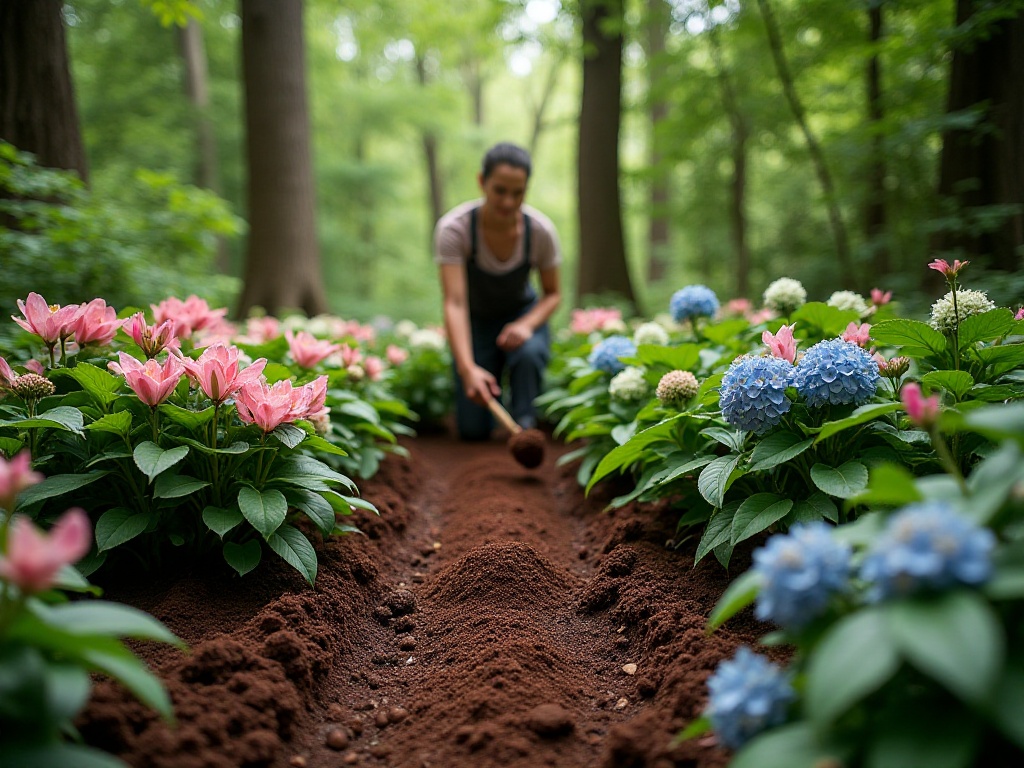
Conclusion
DIY self-watering planters are not only time and effort-saving but also environmentally friendly, repurposing waste materials while allowing your plants to care for themselves when you're away. What do you think about this method? Isn't it great? Actually, I discovered another tip: adding nutrient solution to the reservoir provides both water and nutrients - double protection! Feel free to share other gardening tips and questions in the comments. Let's create more garden miracles together!
Actually, this method works not just for flowers but also for vegetables and herbs. Imagine growing some vegetables and herbs on your balcony - it beautifies your space and provides fresh ingredients. Plus, making these self-watering planters is simple enough for gardening beginners. Importantly, it lets you enjoy gardening despite a busy lifestyle.
Overall, DIY self-watering planters are both eco-friendly and practical, making garden management easier in hot summer weather. I hope everyone tries this method and experiences the joy and surprises of DIY planters firsthand. Remember to share your experiences and insights to spread this simple yet clever gardening technique. Finally, don't forget to follow my garden corner, and I'll see you next time!
Related articles


